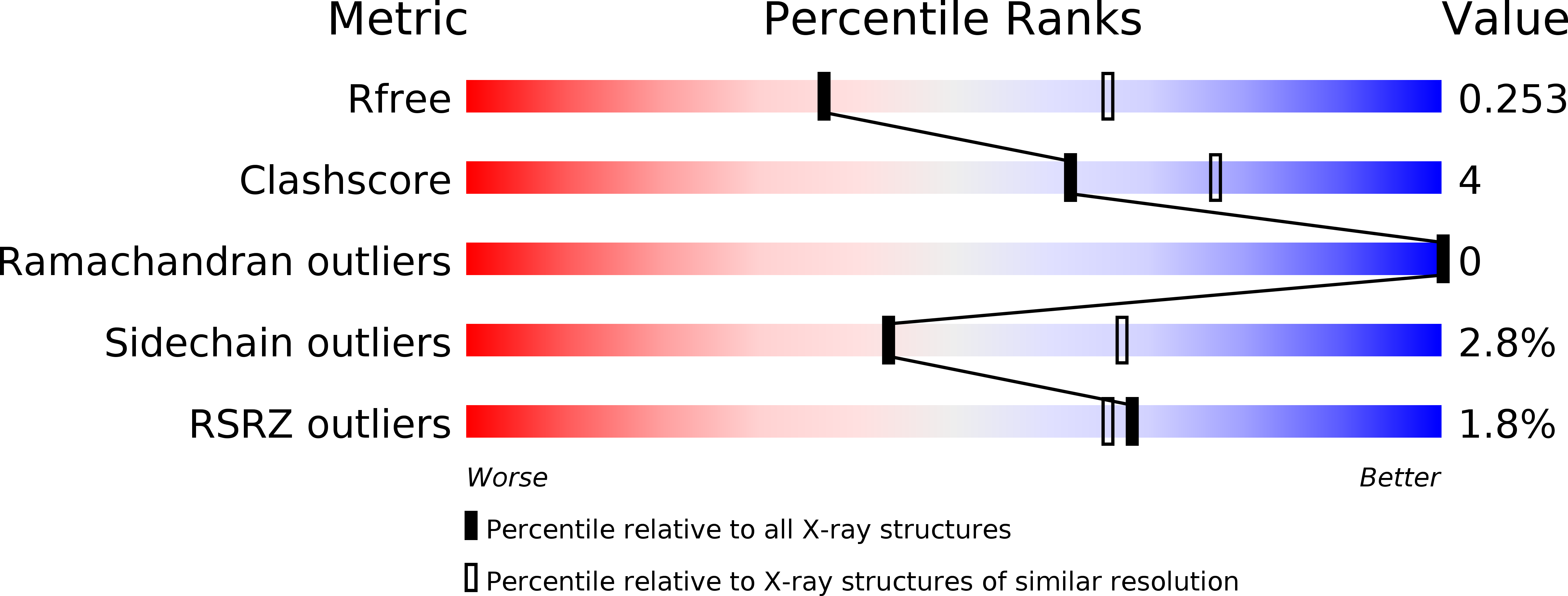
Deposition Date
2012-03-27
Release Date
2012-09-19
Last Version Date
2023-09-13
Entry Detail
PDB ID:
4EDU
Keywords:
Title:
The MBT repeats of human SCML2 in a complex with histone H2A peptide
Biological Source:
Source Organism:
Homo sapiens (Taxon ID: 9606)
Host Organism:
Method Details:
Experimental Method:
Resolution:
2.58 Å
R-Value Free:
0.24
R-Value Work:
0.20
R-Value Observed:
0.20
Space Group:
P 43 21 2


